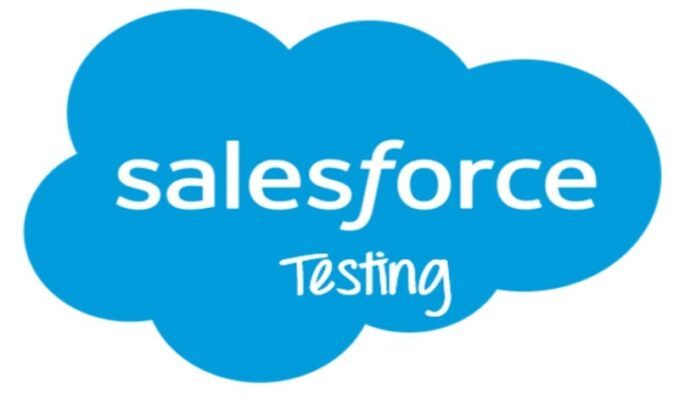
Functional and UAT Tests in Salesforce Testing
Last updated on June 23rd, 2022 at 04:25 am
Salesforce testing is an essential part of the management and production process. All Salesforce professionals in their fields of expertise must use testing methodologies.
With salesforce testing, you can evaluate your upgrade concept in your setting against its original specifications, whether you are an architect designing a complex integration, a salesperson sending out a drip advertisement, or an admin carrying out minor improvements to a cover design. It will reveal any possible bugs, mistakes, or opportunities for development.
Much like you wouldn’t serve pasta without first tasting it, you shouldn’t release a salesforce feature without thoroughly testing it. Let’s get into the details.
Salesforce Testing
Salesforce is among the most commonly used Customer Relationship Management (CRM) platforms. It is critical for accelerating revenue and expanding your consumer base because it integrates your entire company with your customers.
The Salesforce Framework is as adaptable as it is difficult to master. It will save you and your customers many headaches if you make sure that improvements and product changes don’t malfunction or weaken other parts of your Salesforce setting.
In test automation Salesforce testing is important for a successful project launch. Concerning the number of interconnected features within Salesforce, situations you may not have realized throughout a design show up during automated functional testing.
Thorough testing introduces hidden errors to light, allowing you to correct and refine an additional feature before releasing it into the market.
Salesforce functional testing and Salesforce user acceptance testing are the two major forms of Salesforce testing.
Functional Testing in Salesforce
Functional testing is the first stage of software testing after the testing team has completed it.
It includes the tester, ensuring that whatever has been produced is consistent with the current board. This entails carefully testing each major update, testing bugs, and ensuring that the new functionality works from beginning to end.
The tester then double-checks that the new construction is compatible with the existing settings. They also search to see if there have been any detrimental effects on the present job.
An instance: You have an unconventional Sales VP who requires a Salesforce application customized to his team’s unique needs and practices. He also doesn’t want other sales representatives in the organization to see his current work.
To go there, you would have to make sure that the design’s more complex elements like given below operate correctly:
- Process Builder
- Configuration Data
- Apex classes
You’d also have to ensure they are not accessible to external parties and didn’t compete with any other organization’s sales activities.
In a Salesforce UAT Sandbox, functional testing will ensure that your latest App runs smoothly while maintaining your current framework.
Salesforce User Acceptance Testing
Once you’ve finished functional testing, it’s time to move on to UAT (User Acceptance Testing). The tester who is doing it goes through various procedures, putting the latest functionality to the check-in a specific circumstance.
As a result, you can be confident the user only sees the elements they need to see. Remember, it is important to test the design against the VP and select members of his team after practical testing confirms the initial design as expected.
Testing a sample for end-users via the new build guarantees that they can complete all tasks effectively while maintaining their work’s confidentiality. It also demonstrates that they omitted no design aspects.
UAT also explains specifications that were unclear during the design phase. It’s the key tactical “CYA” a launch team can get with ensuring that system improvements are appropriate to and accepted by their core demographic.
The aim of functional and UAT tests in salesforce testing is to guarantee that your proposed update works as intended in every business scenario.
Read Dive is a leading technology blog focusing on different domains like Blockchain, AI, Chatbot, Fintech, Health Tech, Software Development and Testing. For guest blogging, please feel free to contact at readdive@gmail.com.
